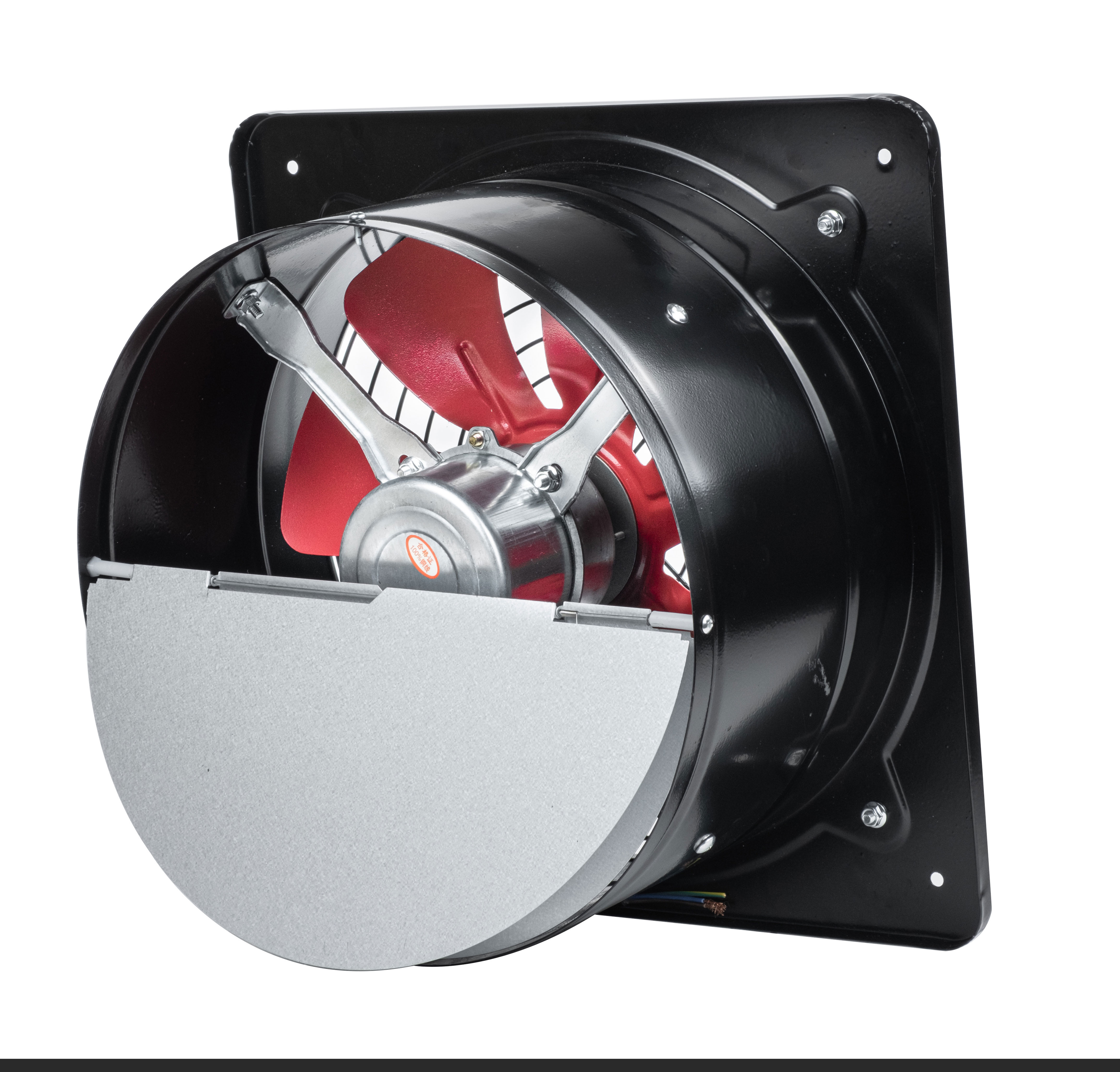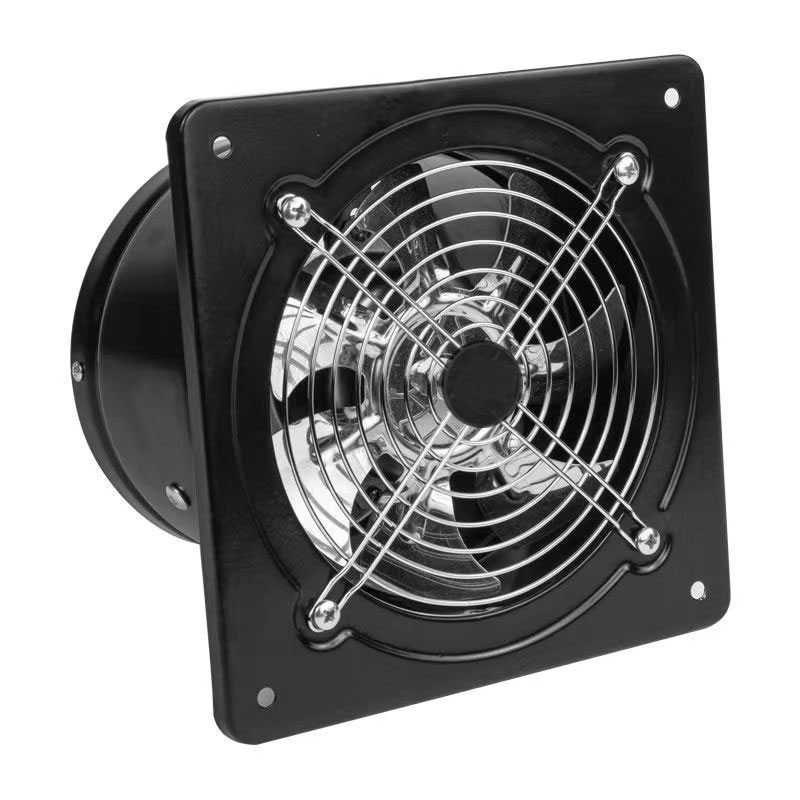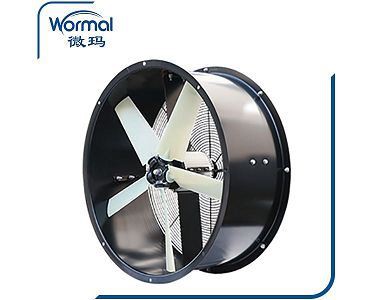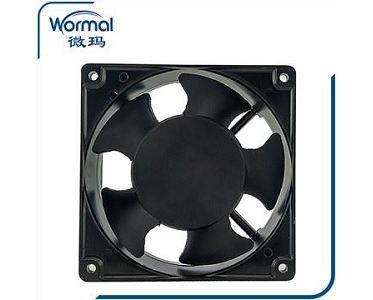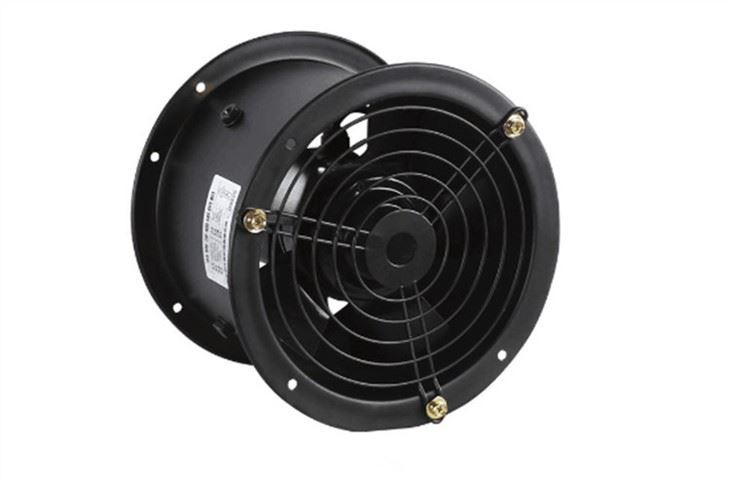1. Shock absorption:
The difference between the overall vibration absorbing bracket of the wind turbine and the concrete foundation in terms of vibration isolation: the overall concrete foundation is rigidly connected to the ground, which can directly transmit the vibration of the wind turbine to the ground, which will produce greater resonance. The overall bracket for installing the shock absorber uses the shock absorber to isolate the fan from the ground. The shock absorber can effectively prevent the vibration of the fan from being transmitted to the ground and prevent the propagation of the vibration source, thereby reducing the vibration.
2. Noise reduction:
The fan generates strong aerodynamic noise at high speed. In order to prevent the sound from spreading out and allow the airflow to pass, a noise reduction device is installed on the airflow channel of the fan to reduce the noise generated by the fan itself and the aerodynamic noise in the pipeline. The muffler devices are:
(1) For resistive mufflers, chip mufflers, honeycomb mufflers, tube mufflers and labyrinth mufflers are commonly used;
(2) Resistant mufflers commonly used resonance mufflers, expansion mufflers, hybrid mufflers and baffle mufflers, etc.;
(3) Impedance composite muffler commonly used expansion chamber-impedance composite muffler, resonant cavity-resistive composite muffler and impedance-resistance-total composite muffler.
3. Sound insulation:
Sound insulation is a commonly used technical measure in noise control engineering. Use various wall plates and components as shields or use maintenance structures to control noise within a certain range, so that the propagation of noise in the air is blocked and cannot pass smoothly. So as to achieve the purpose of reducing noise. The commonly used methods are:
(1) Sound insulation of single-layer dense and uniform components. The sound insulation materials of such components are required to be dense and heavy, such as brick walls, reinforced concrete, steel plates, wood boards, etc. The sound insulation performance is related to the rigidity and damping surface density of the material;
(2) Double-layer structure sound insulation, a certain thickness of air is sandwiched between two single-layer structures, or a composite structure of porous materials, which is generally 5-10 dB higher than the single-layer structure of the same quality;
(3) Sound insulation cover and sound insulation room. For small noise sources, directly cover with sound insulation structure to obtain significant noise reduction effect. This is the sound insulation cover, which can be considered when there are many scattered noise sources. A small space, isolate it from the noise source, this is the sound insulation room;
(4) The sound insulation screen is a sound insulation device made of sound insulation structure placed between the noise source and the sound receiving point.
4. Sound absorption:
If the wall or ceiling is decorated with sound-absorbing materials, sound-absorbing structures, or hanging sound-absorbing panels in the space, the mixed sound of the sound-absorbing body will be absorbed. This method of noise control is called sound absorption and noise reduction.
(1) Sound-absorbing materials are very important in sound absorption and noise reduction methods. Commonly used are: ①fibrous materials, including organic fibers, inorganic fibers and fiber products; ②granular materials, including blocks and boards; ③foam materials , Including more than 20 kinds of three categories, such as foam plastic and others.
(2) Resonant sound-absorbing structure is a variety of sound-absorbing structures made by using the principle of resonance to absorb low-frequency sound waves. The most commonly used structures are divided into single resonance (including thin-film and thin-plate structures) and perforated plate sound-absorbing structures.
(3) The sound-absorbing structure of the micro-perforated plate is a composite structure composed of a metal micro-perforated plate with a plate thickness and hole diameter below 1 mm, and a perforation rate of 1% to 3%, and a cavity.





